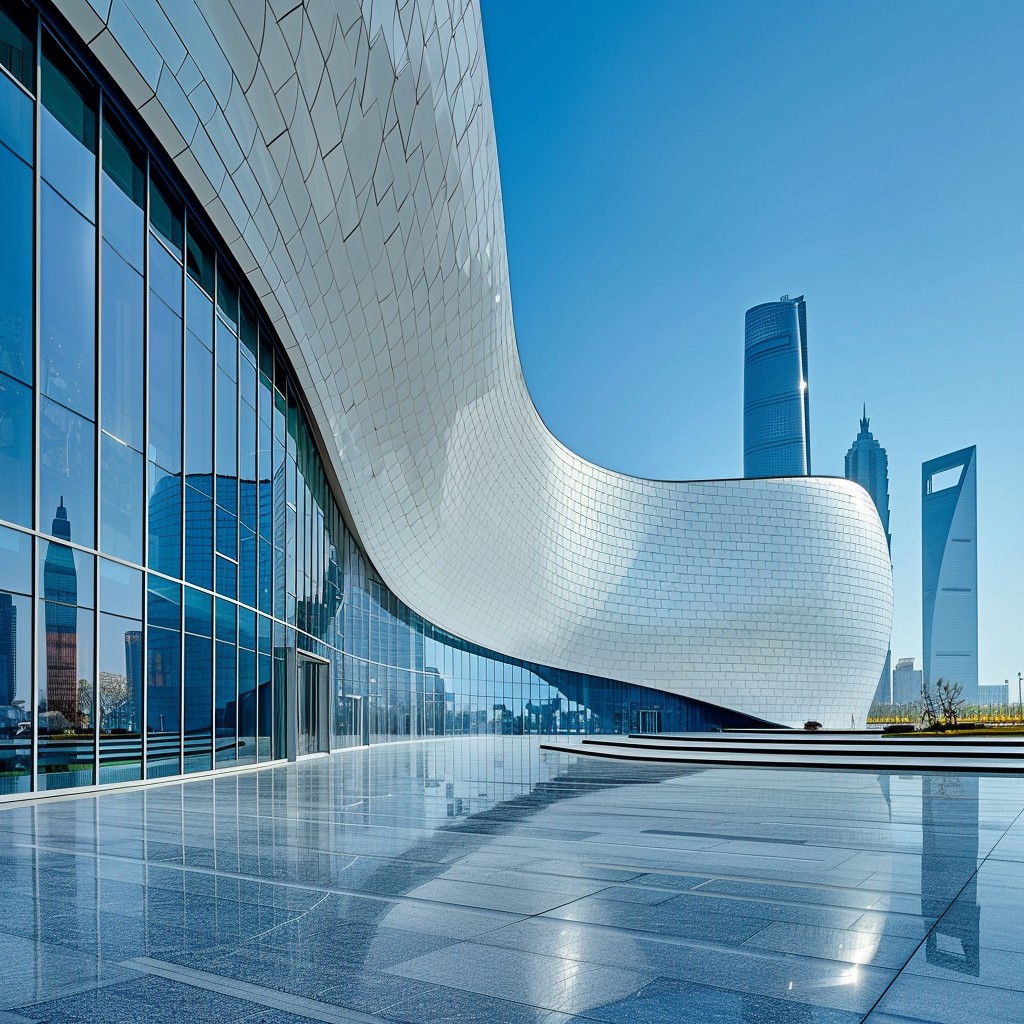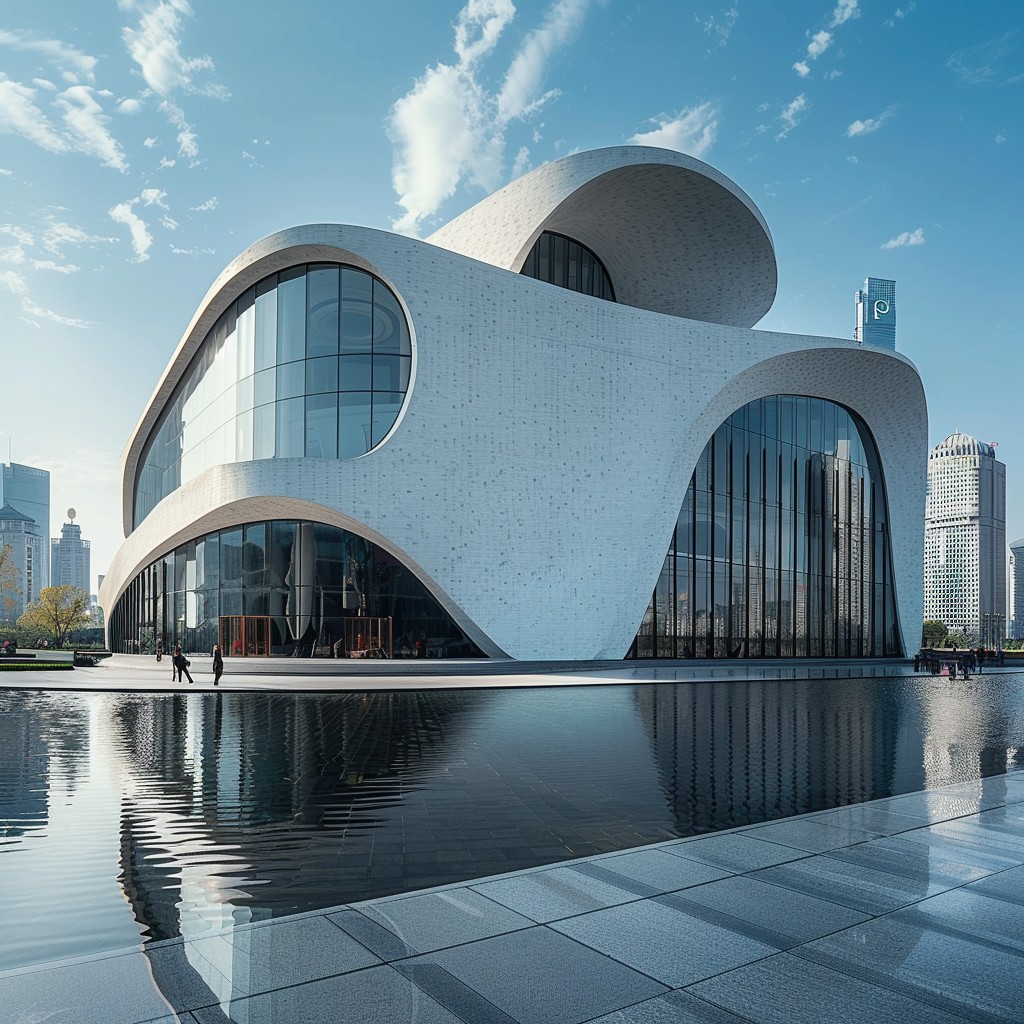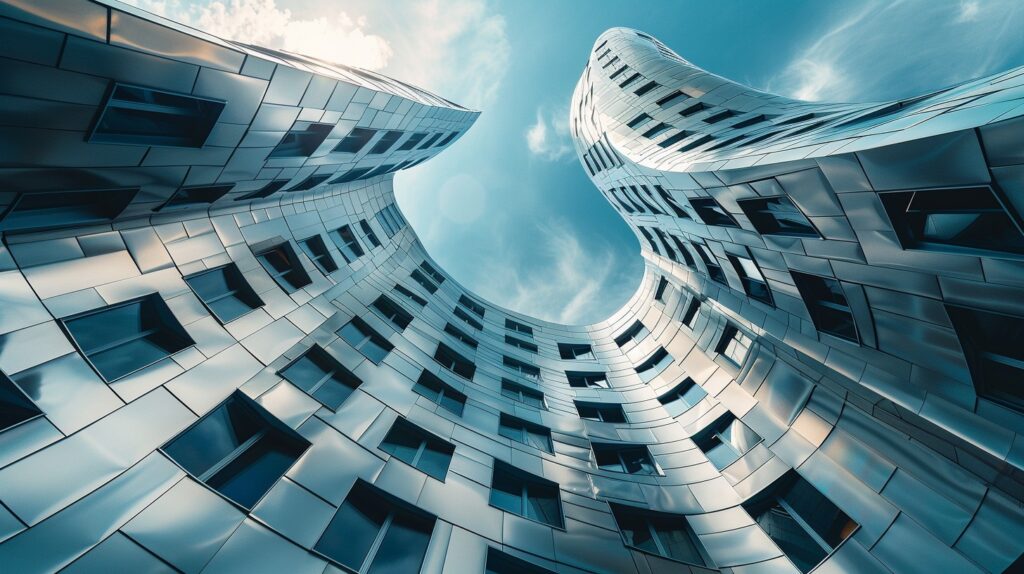When you think of commercial real estate, your mind likely jumps to square footage, rental rates, or location. But what if we told you that one of the most powerful tools to increase a property’s value isn’t tied to the building’s structure or features, but rather to its aesthetic appeal? Art has emerged as a vital element in transforming commercial spaces, creating a more engaging, inspiring environment—and enhancing property value in ways that may surprise you.



How Art Impacts Commercial Spaces
Whether it’s the lobby of an office building, a trendy restaurant, or a multi-use retail complex, art plays a critical role in shaping the mood and experience of those who use the space. Here’s how:
- Creating Identity and Brand Personality
Art can be an expression of a building’s identity. Developers and property managers who carefully curate art collections or commission pieces can imbue a space with character. For example, an upscale office building might feature sleek, modern installations, while a more casual coworking space could highlight local artists’ vibrant and quirky pieces. Art helps communicate the brand or purpose of the space to tenants, customers, and visitors. - Attracting High-Quality Tenants
Beautiful, thoughtfully designed spaces attract attention—and the right tenants. Whether you’re leasing out retail spaces or seeking long-term office tenants, buildings with art-infused environments are more likely to appeal to high-end clients. Art makes the space feel luxurious and curated, which adds to its appeal. - Boosting Productivity and Well-Being
Studies show that art in the workplace can significantly enhance employee morale, creativity, and productivity. Commercial properties designed with artistic elements—whether through murals, sculptures, or unique lighting—create a more enjoyable atmosphere. This not only leads to higher tenant satisfaction but can also boost retention rates for companies leasing the space. - Enhancing Customer Experience
In retail and hospitality, art doesn’t just beautify; it helps create memorable experiences. Guests in hotels with carefully chosen artworks are more likely to share their experiences, whether through social media or word of mouth. Likewise, retail centers and restaurants that integrate art into their design become destinations in their own right, driving customer engagement and encouraging repeat visits.
The Financial Benefits of Art in Commercial Spaces
It’s clear that art can enhance the ambiance of a property, but can it also boost the financial bottom line? The answer is a resounding yes. Here’s how:
- Increased Property Value
Art installations, whether permanent or rotating, can increase the perceived value of a commercial property. Just as luxury finishes and high-quality materials command higher prices, well-curated art collections signal that a building is a premium space. Investors and developers often see a higher return on properties that emphasize aesthetics, especially in high-demand markets. - Boosting Leasing Potential
Spaces that integrate art into their design tend to lease faster and at higher rates. Tenants appreciate the unique, personalized touches that art brings to the space, viewing it as an added amenity. Art not only sets properties apart but also makes them more desirable in competitive markets. - Cultural and Community Engagement
For developers looking to establish deep connections with the surrounding community, incorporating local art can foster goodwill and local pride. Public art installations or gallery-style spaces create a sense of place and can make a building a cultural landmark. This level of engagement can positively affect the property’s market value over time as it becomes a recognized part of the community’s fabric.
Incorporating Art Into Your Commercial Property
There are several ways to incorporate art into your property, regardless of the size or type of space:
- Permanent Installations
For a long-lasting impression, consider commissioning permanent art pieces—such as large-scale murals, sculptures, or integrated architectural designs—that reflect the building’s purpose or surrounding community. - Rotating Art Programs
Another approach is to create a rotating art program, where different pieces or collections are featured throughout the year. This keeps the space fresh and dynamic, drawing attention from tenants, visitors, and even local media. - Collaborating with Local Artists
Partnering with local artists not only brings unique, site-specific pieces into the space but also deepens ties with the community. This can be particularly appealing in urban areas where cultural engagement is key. - Branded Art Experiences
For properties targeting high-end clients or creative professionals, consider branded art experiences—such as interactive art installations or digital displays—that align with your property’s identity and cater to your target audience.
The Future of Art in Commercial Real Estate
The importance of art in commercial spaces is only growing. As companies increasingly prioritize employee well-being, customer experience, and community engagement, the demand for art-infused properties will continue to rise. Art is no longer just decoration—it’s a tool for enhancing productivity, attracting tenants, and adding value to the property itself.
In today’s competitive market, art is one of the smartest investments a CRE professional can make. Whether you’re a developer, investor, or property manager, incorporating art into your spaces is an effective way to set your property apart, create lasting impressions, and drive tangible value for years to come.

